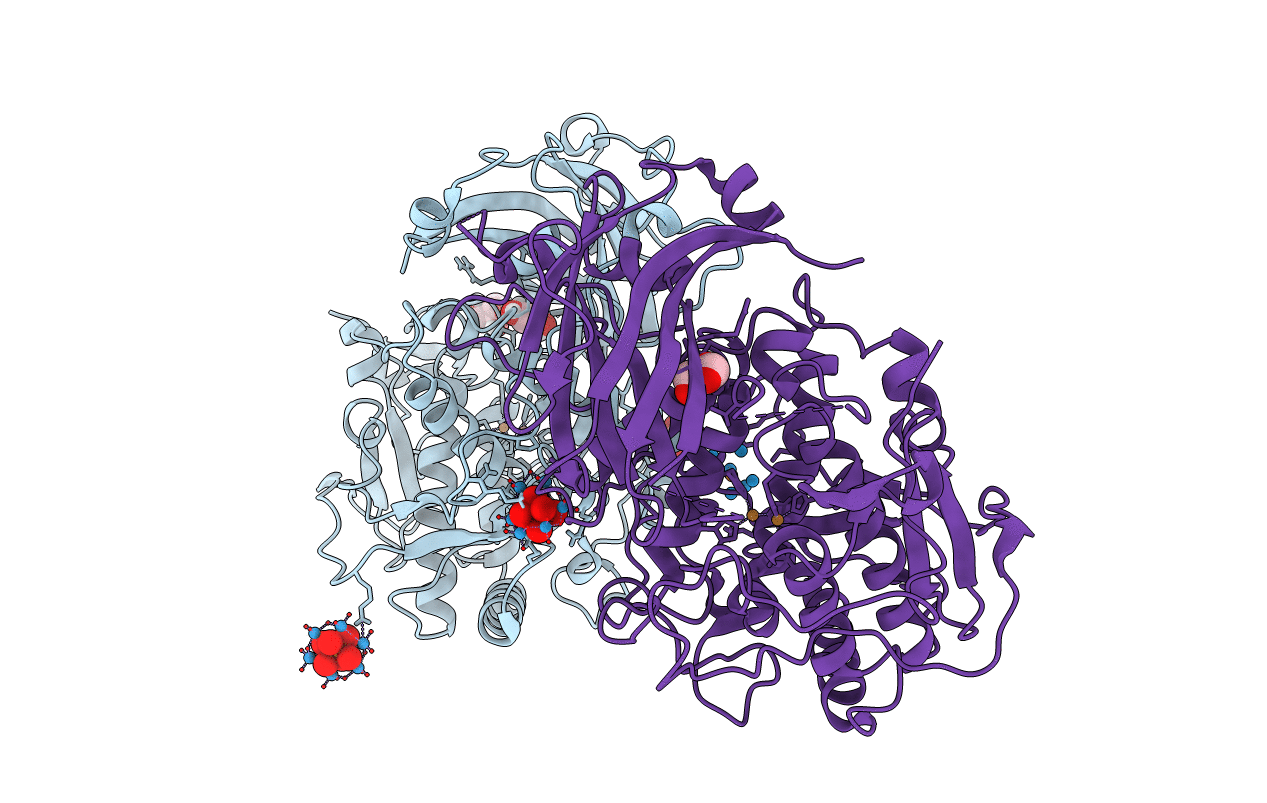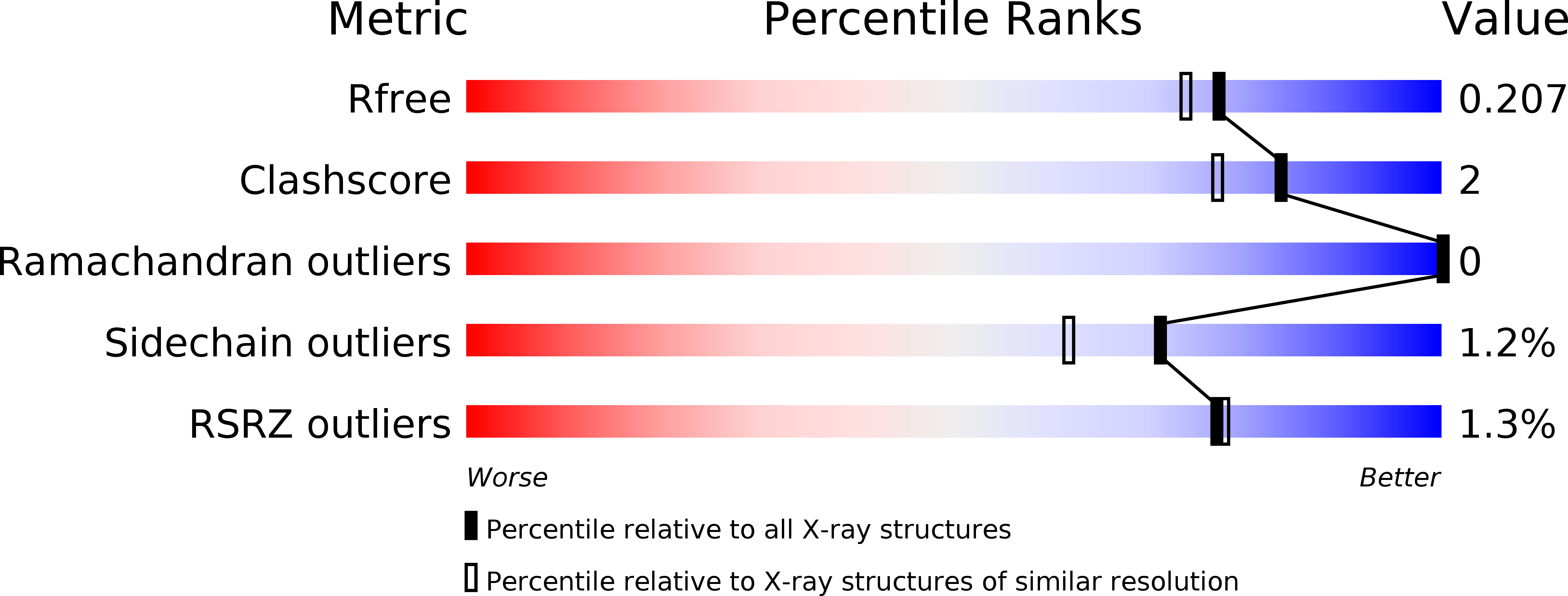
Deposition Date
2015-03-26
Release Date
2016-03-23
Last Version Date
2024-10-23
Entry Detail
PDB ID:
4Z12
Keywords:
Title:
Recombinantly expressed latent aurone synthase (polyphenol oxidase) co-crystallized with hexatungstotellurate(VI)
Biological Source:
Source Organism:
Coreopsis grandiflora (Taxon ID: 13449)
Host Organism:
Method Details:
Experimental Method:
Resolution:
1.85 Å
R-Value Free:
0.20
R-Value Work:
0.17
R-Value Observed:
0.17
Space Group:
P 1 21 1


